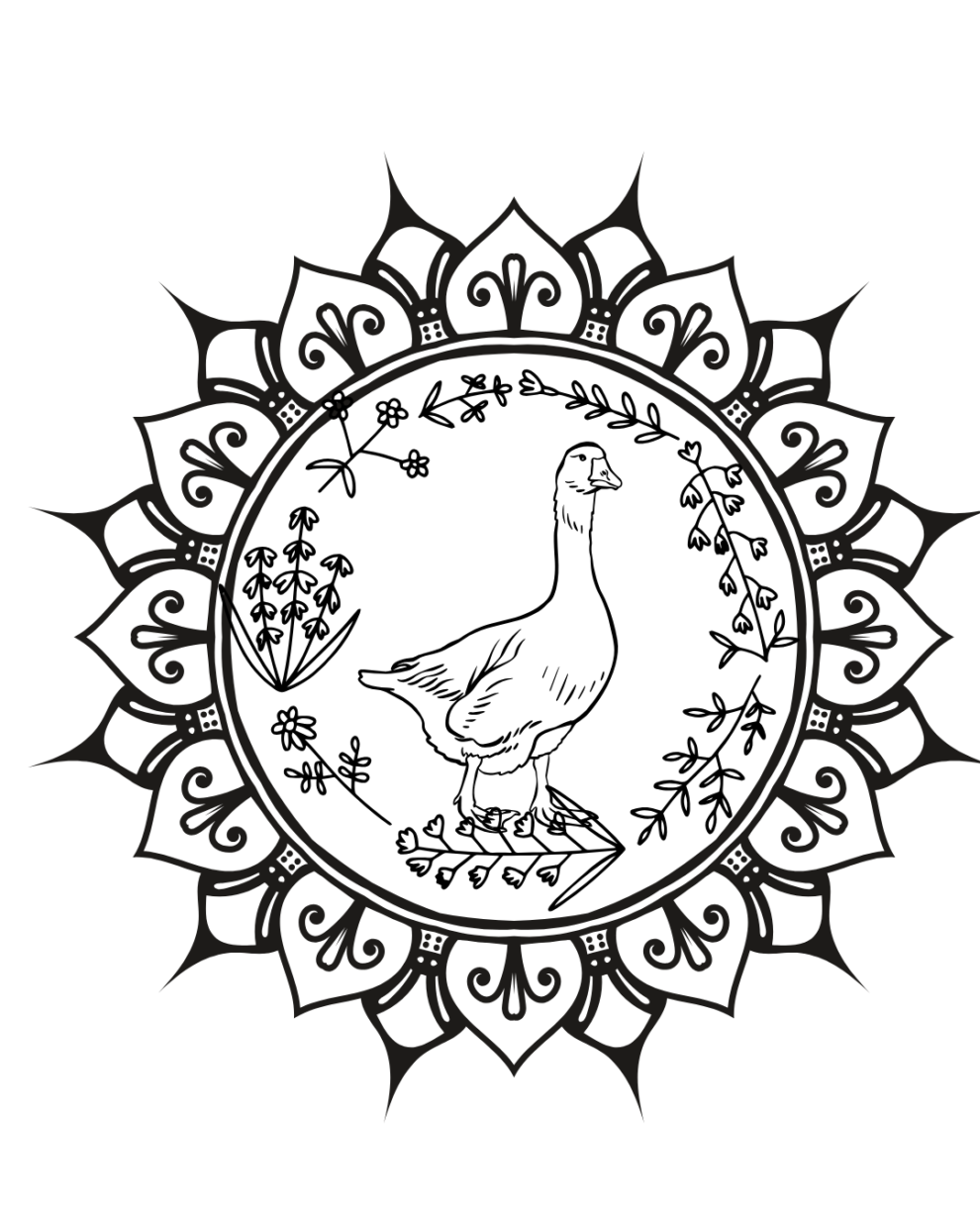Understanding the Most Common House Systems in Astrology
When interpreting an astrology chart, the house system you choose can significantly impact how you view planetary placements and life areas. With so many house systems available, it can be overwhelming to decide which one to use. This post breaks down the most commonly used house systems, their differences, and how to choose the right one for your practice.
—
What Are House Systems?
In astrology, the birth chart is divided into 12 houses, each governing different aspects of life—relationships, career, home, spirituality, and more. However, not all astrologers agree on how these houses should be measured. House systems determine where these divisions fall in a chart, and different systems emphasize different perspectives, whether time-based, sign-based, or spatially measured.
Let’s explore the most common house systems and their unique characteristics.
—
1. Placidus – The Modern Favorite (This is the one that I use for The Floral Goose readings)
Most commonly used in Western astrology
Divides houses based on time rather than space
Results in unequal house sizes, especially at higher latitudes
Popular in psychological astrology
Placidus is the default house system in most astrology software and modern Western astrology. It calculates house cusps based on the time it takes for each degree of the zodiac to rise on the Ascendant, leading to unequal house sizes. This system emphasizes personal experience and psychological development. However, it can be inaccurate for births in extreme latitudes, where houses become distorted.
—
2. Whole Sign – The Traditional Approach
Each house is exactly 30° and corresponds to an entire zodiac sign
The Ascendant determines the first house, but not its degree
Used in Hellenistic, Medieval, and Vedic astrology
Emphasizes sign-based influences rather than house cusps
Whole Sign houses were widely used in ancient astrology and have regained popularity in modern times. This system simplifies chart interpretation by ensuring each sign fully occupies a house. It focuses more on overarching themes and placements rather than exact house cusps. Many traditional astrologers favor this method because it aligns with ancient texts.
—
3. Equal House – Precision & Simplicity
Each house is exactly 30° like Whole Sign, but based on the Ascendant degree
Ensures equal house sizes, avoiding distortions at high latitudes
Balances modern and traditional approaches
The Equal House system starts from the precise degree of the Ascendant and divides the chart into equal 30° sections. It provides a structured yet flexible approach, making it a good option for those who want more precision than Whole Sign while avoiding the distortions found in Placidus.
—
4. Koch – A Time-Based Alternative to Placidus
Similar to Placidus but calculated differently for house divisions
More sensitive to latitude, making it less useful for extreme locations
Often used in psychological astrology
Koch is a modern house system that, like Placidus, calculates house cusps using time-based methods. It is popular among astrologers who emphasize personal development and psychological analysis.
—
5. Porphyry – The Gateway Between Traditional & Modern
Divides the space between the MC (Midheaven) and IC into three equal parts
A simple but effective system used in ancient astrology
Balances spatial and time-based methods
Porphyry is one of the oldest house systems, offering a compromise between modern and traditional techniques. Because of its simplicity, it is often used as an introduction to house systems before exploring more complex ones.
—
6. Regiomontanus – The Medieval System
Divides the celestial sphere rather than the ecliptic
Used in medieval astrology and horary astrology
Emphasizes spatial relationships rather than time-based calculations
Regiomontanus was favored by astrologers during the Renaissance, especially for horary astrology, where precise timing is crucial. This system has a unique way of dividing space, making it useful for event-based readings.
—
7. Campanus – A Spatially Focused System
Divides the prime vertical into equal 30° sections
Prioritizes physical space over time-based methods
Sometimes used in esoteric or spiritual astrology
Campanus is an alternative spatial division system that some astrologers use when focusing on spiritual or energetic influences rather than psychological ones.
—
8. Topocentric – A Modern Refinement
A refined version of Placidus with improved accuracy for extreme latitudes
Commonly used in predictive astrology
Topocentric houses are an evolution of Placidus, correcting some of its distortions. This system is preferred by some astrologers who work with precise timing in predictive astrology.
—
How to Choose the Right House System for You?
With so many options, how do you decide which house system works best? Here are some guidelines:
For modern psychological astrology → Placidus or Koch
For traditional astrology and predictive work → Whole Sign or Porphyry
For equal and balanced divisions → Equal House or Whole Sign
For horary and medieval astrology → Regiomontanus
For high-latitude births → Topocentric or Equal House
Ultimately, the best approach is to experiment with different systems and see which one resonates most with your readings. Some astrologers even use multiple systems depending on the type of chart they are analyzing.
—
Final Thoughts
Astrology is both an art and a science, and house systems reflect different ways of interpreting celestial influences. Whether you prefer the modern precision of Placidus, the ancient wisdom of Whole Sign, or the mathematical balance of Equal Houses, understanding the differences will deepen your astrological practice.
In kindness,
The Floral Goose





Add Comment